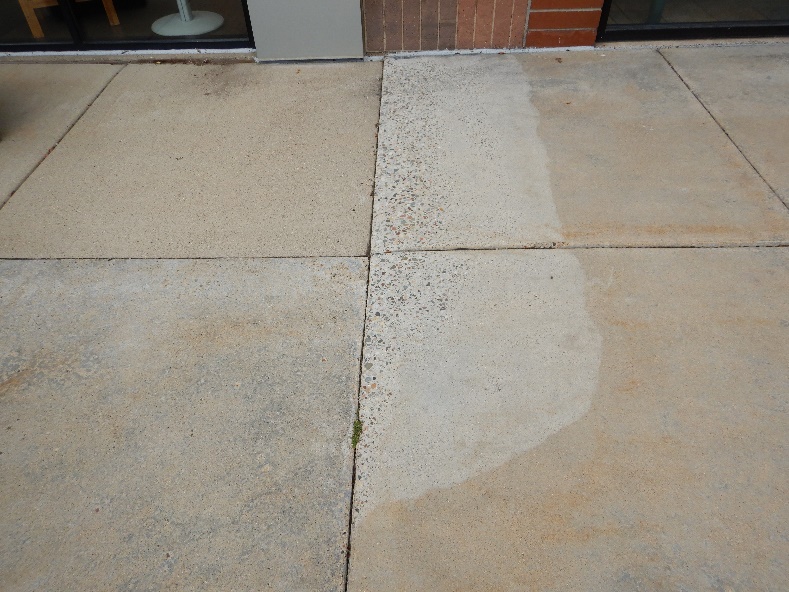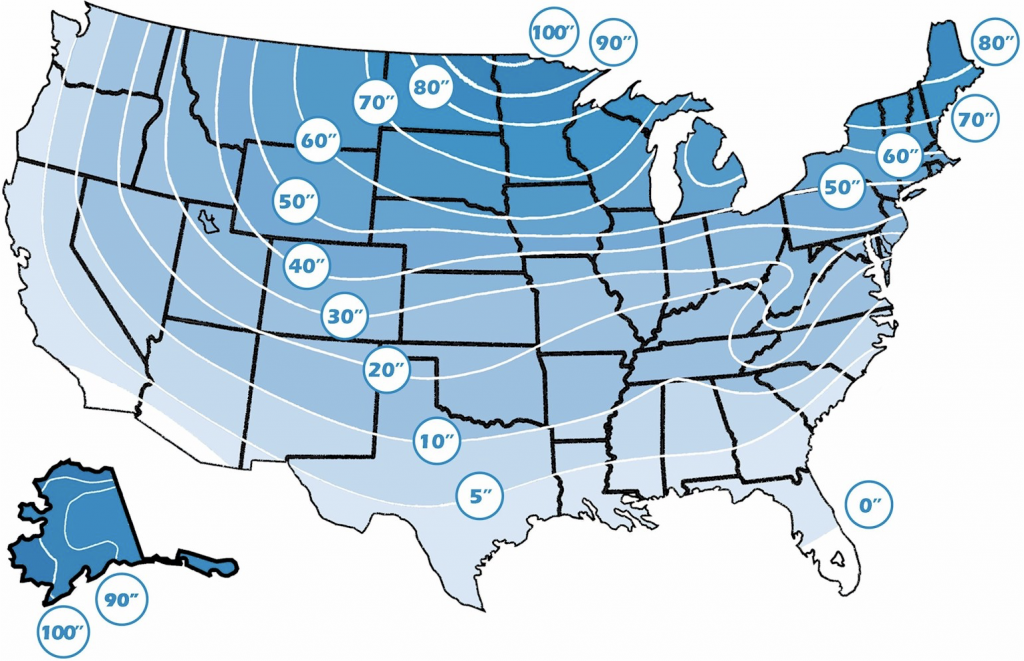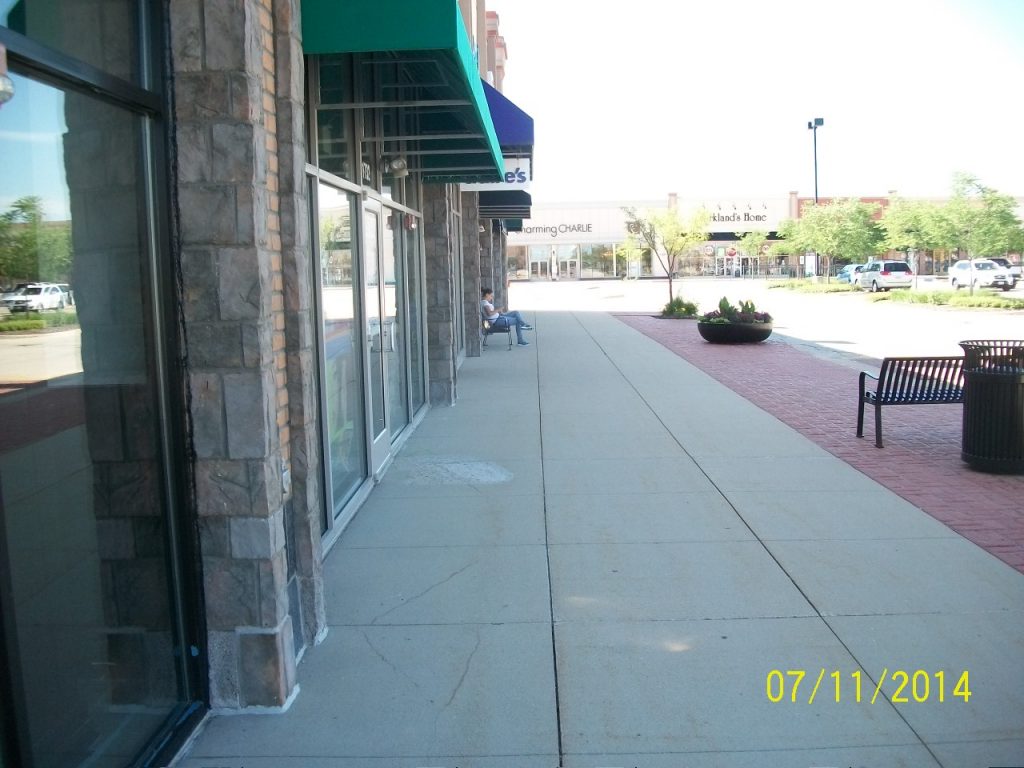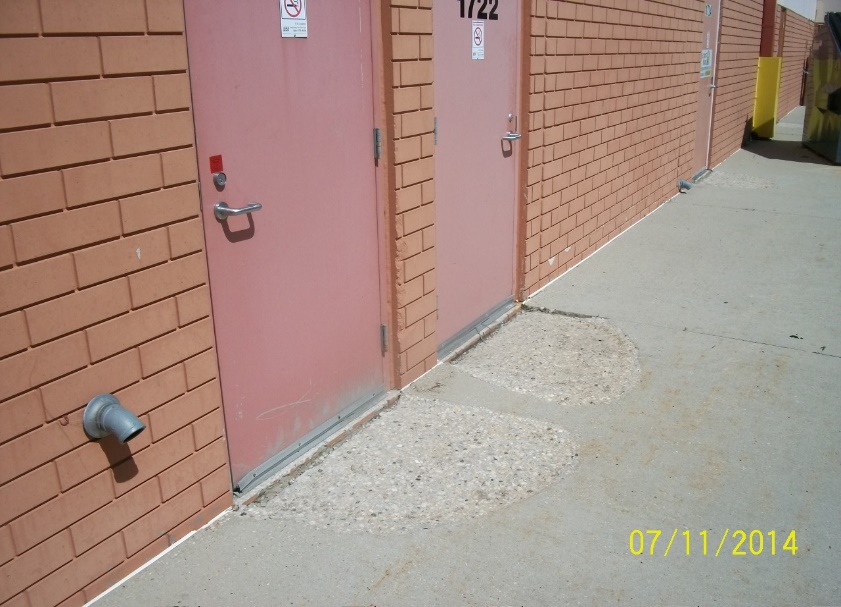
Frost heave is cause by a deep freeze of poorly drained, fine soils. The free moisture in the soil expands when frozen. The freezing draws more moisture up and into the frozen layer to create an ice lens. When the ice expands, the sidewalk is pushed up. The photograph shows a differential frost movement which obviously created a tripping hazard, ground down. The size of the ground area indicates the differential movement was significant. It is not clear from the photograph, but often the risen sidewalk panel falls back into its former place. Because grinding removes concrete thickness, this can create a tripping hazard in the opposite direction.
Frost heave can create a serious situation where tenant access is prevented by heaved sidewalks. A recent open-air center client had inoperable tenant entrances requiring sidewalks to be ground to allow access the front or back doors or both! This is a life safety issue.
Excavation to a depth below the frozen zone and improved drainage were required to stop the frost heave. United States maps are available to show the frost depth. For example, to eliminate frost action in northern Pennsylvania, a select base or building footing would have to be 50 inches deep. In the southern states, normal construction preparations will be below the frost zone.

Zimmer Consultants photographs

